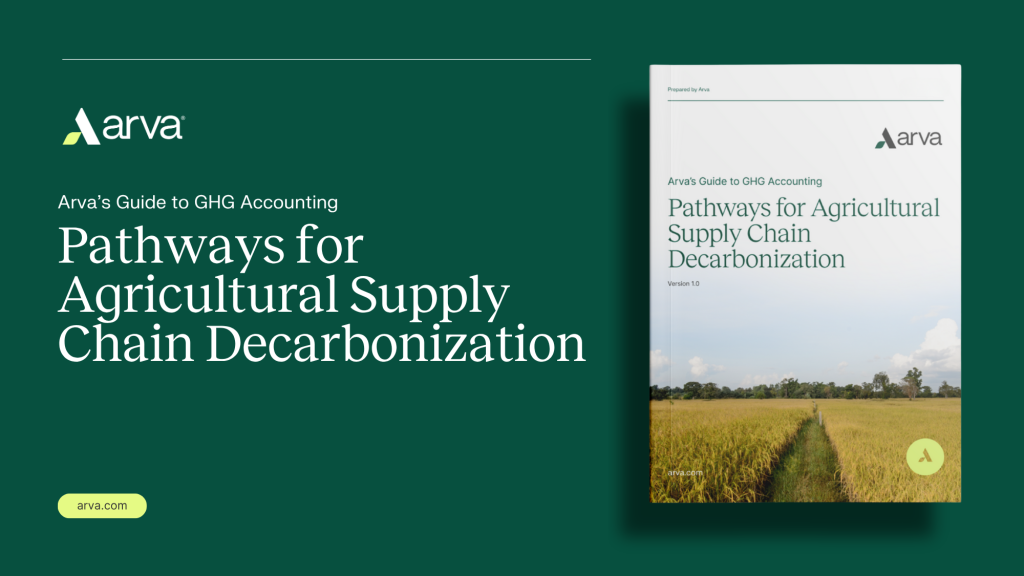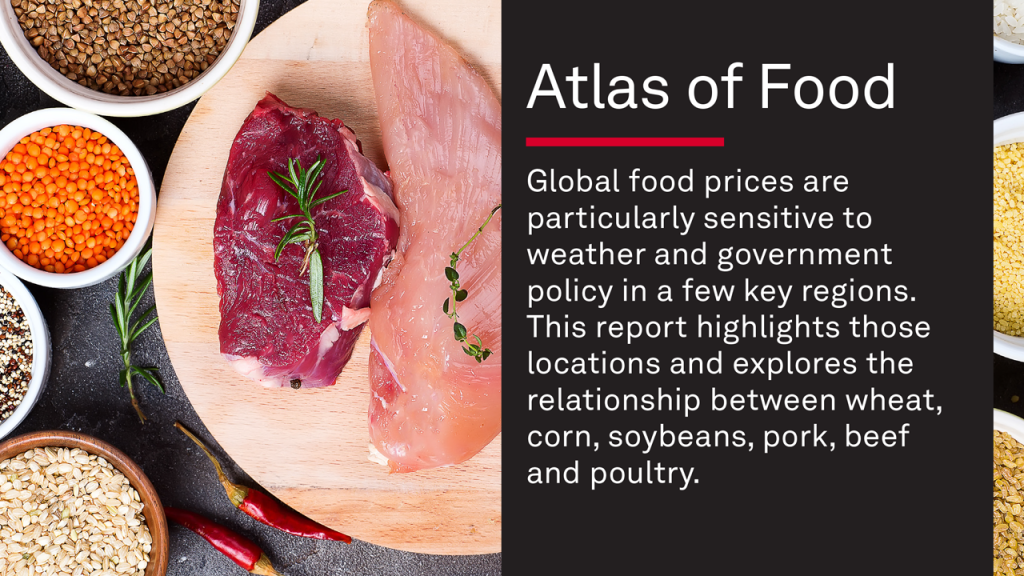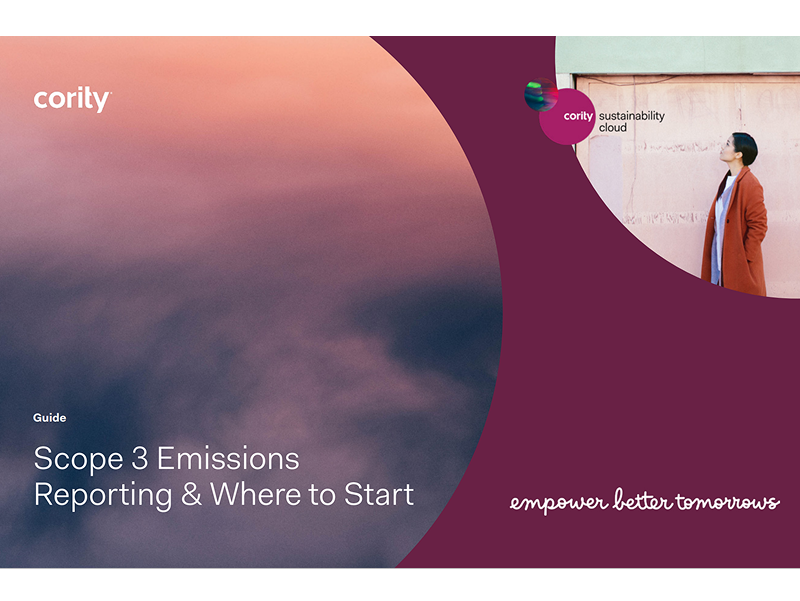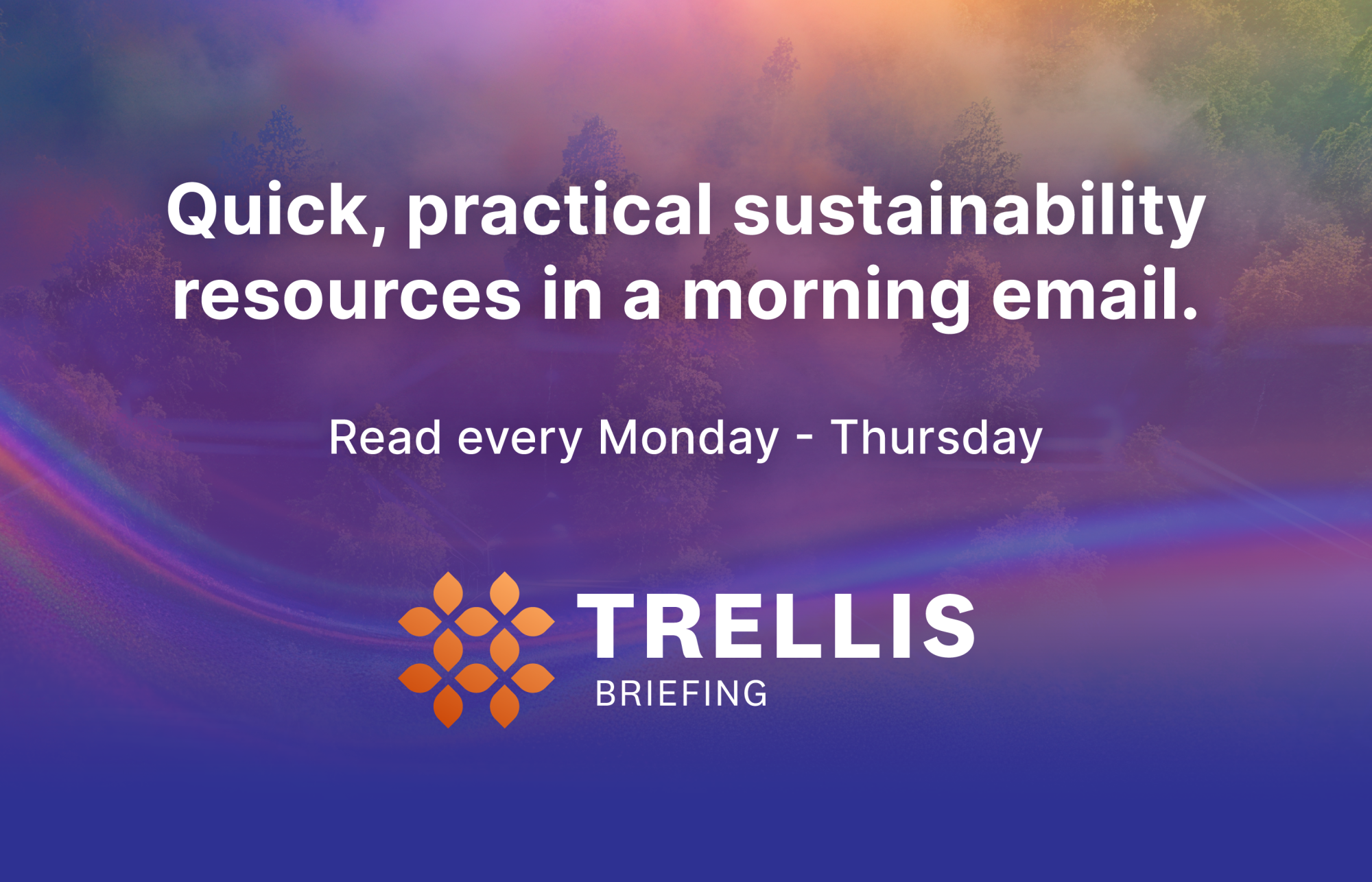Why 2025 has seen a flood of new ways to count carbon
Delays in updating incumbent standards have prompted the publication of multiple new ways to report emissions and set targets. Read More

- New approaches are challenging dominant standards from the Greenhouse Gas Protocol and Science Based Targets initiative.
- Central themes of the approaches include use of market-based mechanisms and an appeal to business sectors where climate action is rarer.
- Incumbent standards are also being updated, but the pace of change has been criticized as too slow.
For many companies, the journey to net zero starts by aligning with two of the most influential organizations in sustainability. To measure and report emissions, businesses often turn to guidelines from the Greenhouse Gas (GHG) Protocol. When they’re ready to set goals, it’s the Science Based Targets initiative (SBTi) they seek help from.
These dominant standards for corporate climate strategy are now being challenged. Just this year, at least six new approaches to reporting and target-setting have been launched or piloted. This rush of alternative methods raises important questions about whether it will help or hinder progress to global net zero. It also reflects frustration with the slow pace of reform at the incumbent standard-setters.
“The original reporting frameworks were created mostly by NGOs as they were making the case for what to account for, in the spirit of what gets measured gets managed,” noted one consultant with experience in non-profits and government, who asked not to be named because they work with standard setters.
Now we’ve moved from “what” to “how,” the consultant added. “Many of the new types of behavior — purchasing, investment decisions — necessary for economy-wide decarbonization do not show up cleanly in current reporting frameworks. There is a need for new ways to measure things.”
Alternative approaches
Here are some of the more notable new approaches, listed by launch date:
- A code of practice from the Voluntary Carbon Markets Integrity Initiative that allows companies to use carbon credits to address Scope 3 emissions.
- The Exponential Roadmap Initiative’s Climate Solutions Framework, which measures the climate benefit of low-carbon products relative to market averages.
- Spheres of Influence, which gives credit to work on product development, climate finance and policy engagement. The approach is a joint project between the consultancy Futerra and Oxford Net Zero.
- Reporting and target-setting rules from the Task Force for Corporate Action Transparency that extend the scope of the GHG Protocol.
- New accounting methodologies for product-level emissions from Carbon Measures, a group with backers from heavy industry and finance.
That’s just the ones born this year — there are others that predate 2025 but are still in early development. The AIM Platform, for instance, launched in 2023 and is now in pilot tests with Patagonia, Schneider Electric and others. The platform helps companies target and take credit for investments in supply-chain decarbonization.
Extending the current system
One theme that unites several of the new approaches is the freedom to use market-based mechanisms to meet climate goals.
That includes carbon credits, which current SBTi rules say can only be used to nullify residual emissions at the end of a company’s net-zero journey. Guidelines from the Task Force for Corporate Action Transparency, for instance, detail how to report emissions reductions from credits alongside other mitigation efforts.
Credits generated from value-chain investments are another focus. Patagonia, for example, hopes to use the AIM Platform’s methodology to claim credits, sometimes known as “insets,” that it will generate by funding the replacement of fossil-fueled boilers used by fabric suppliers.
Other frameworks, particularly Spheres of Influence, seek to acknowledge the impact of climate action that isn’t directly tied to a company’s emissions, such as lobbying for climate legislation.
The approach resonates with Environmental Defense Fund Vice President for Net Zero Ambition and Action Elizabeth Sturcken, who advocates for identifying the overlap between a company’s major emission sources and its opportunities to act.
“Let’s lean in there and go big,” she said. “And that might not even be in their operations or supply chain. It might be in public policy, right?”
Bringing in others
Another common focus is groups of companies that aren’t yet participating at scale in emissions reporting and target-setting.
The launch members of Carbon Measures, for instance, include several companies from hard-to-abate sectors: three from oil and gas (ExxonMobil, Adnoc and EQT), as well as a steel manufacturer (Nucor) and a metals and mining business (Vale). None of those five have set targets with SBTi. In fact, SBTi is not currently accepting submissions from oil and gas companies, after work with the industry on an emissions-reduction framework for the sector stalled.
Startups are also often excluded, but for very different reasons. SBTi rules prioritize absolute emissions reductions, but startups by definition need to grow market share, which almost always involves increasing emissions. The Climate Solutions Framework allows fledgling companies with low-carbon products to set targets by measuring their emissions against industry averages. This recognizes companies that lower emissions for a product category, even if the businesses’ own emissions increase.
What’s driving the action
The GHG Protocol’s first corporate guidelines were published in 2001. The SBTi is celebrating its 10th birthday this year. Experts who spoke with Trellis noted the positive impacts both have had. They also said the organizations’ standards are in need of reform. And while both the SBTi and the GHG Protocol are revising their standards, the pace of change has been too slow for some.
“I fully support VCMI’s new code and I think SBTi could be in trouble if it doesn’t broaden its approach,” said a sustainability leader at a global strategy consulting firm, who also asked to remain anonymous to protect relationships with standard-setters. “Residual emissions are going to exist, and we desperately need to scale high-quality removal solutions.”
Supply-chain decarbonization is another area in need of updates. It’s “very scary” for large publicly traded companies to commit to time-consuming and costly projects without knowing how to claim the benefits, said Kim Drenner, head of environmental impact at Patagonia, one of the companies piloting the AIM Platform.
“I understand why people are trying to bring these solutions forward,” she added. “The Greenhouse Gas Protocol needs to move a bit faster.”
The likely outcomes
Backers of most of the new approaches favor an evolution of existing standards. The AIM Platform and the Task Force for Corporate Action Transparency, for instance, are collaborating with the GHG Protocol and the SBTi and hope future versions of those organization’s standards incorporate their innovations.
That may be less true for Carbon Measures. Amy Brachio, the initiative’s CEO, emphasized the need to include multiple stakeholders in the organization’s work to create a new accounting standard for emissions. But Carbon Measure’s approach draws inspiration from E-liabilities, an emissions accounting approach that rejects the concept of Scope 3.
The focus instead is on individual companies measuring their direct emissions and allocating a portion to customers — an approach so fundamentally different to existing methods that were it to gain traction it might create a schism in emissions reporting and target-setting. The risk then is that stakeholders — investors, policymakers, consumers and other groups — would be left with a patchwork of standards that complicates policy and undermines attempts to hold companies accountable.
“This will get messier before it gets cleaned up,” said the consultant with non-profit experience.

Subscribe to Trellis Briefing
Featured Reports

The Premier Event for Sustainable Business Leaders
















